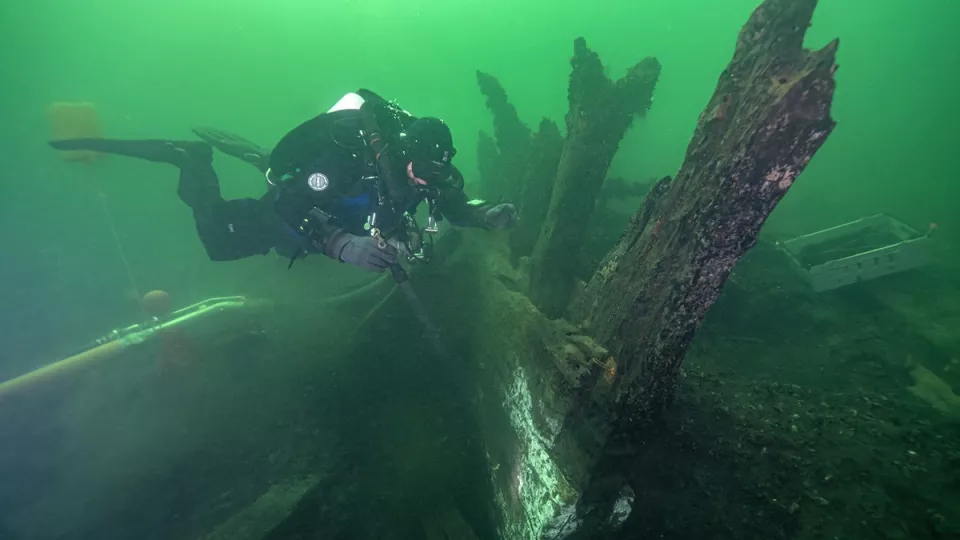“Archaeology and cultural heritage have a huge untapped potential for X-ray investigations at MAX IV,” said Jesper Wallentin, associate professor in the Department of Physics at Lund University in Sweden. “We wanted to investigate which elements are present in the chain mail ring, and this is done using scanning X-ray fluorescence. NanoMAX has a very small beam which gives a high spatial resolution, and it is well suited for this technique.”
Archaeology and cultural heritage have a huge untapped potential for X-ray investigations at MAX IV.
The Gribshunden shipwreck was first discovered by divers in the 1970s off the Baltic coast of southern Sweden. Historical records describe how in 1495 King Hans of Denmark sailed to Kalmar for a meeting with the Swedish Council regarding the future of the Kalmar Union, a governing agreement that would have bound together the kingdoms of Denmark, Sweden, and Norway. A fire sunk the medieval ship en route near Ronneby, a Danish city during that time period.
Using modern measurement techniques such as scanning electron microscopy and X-rays, researchers continue to learn about the ship’s contents. The sample investigated at MAX IV was recovered by archaeologists Staffan von Arbin and Mikael Björk during a 2019 excavation. It was prepared by Filip Lenrick at the Department of Production and Materials Engineering at Lund University.
To learn more about the fascinating findings of the ship Gribshunden (Vulture Dog), ongoing research can be found below.
- Read the entire text (MAX IV’s webpage)
- About the Gribshunden project (Lund University Research Portal)


